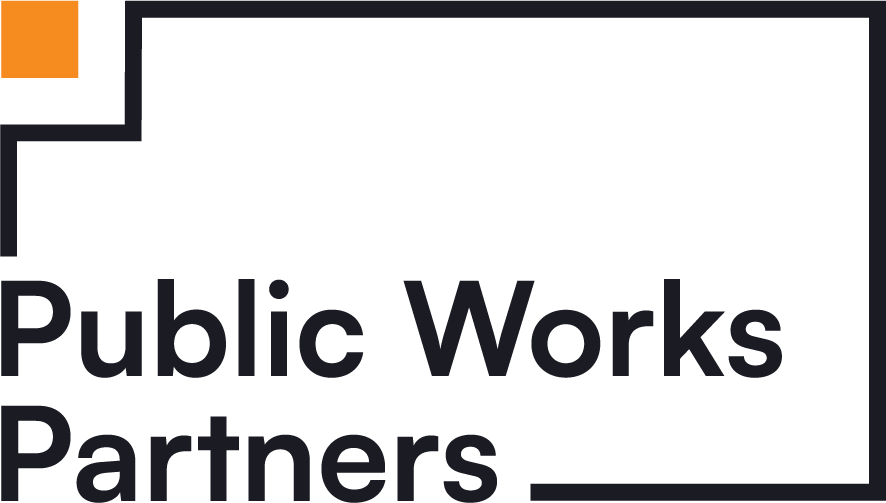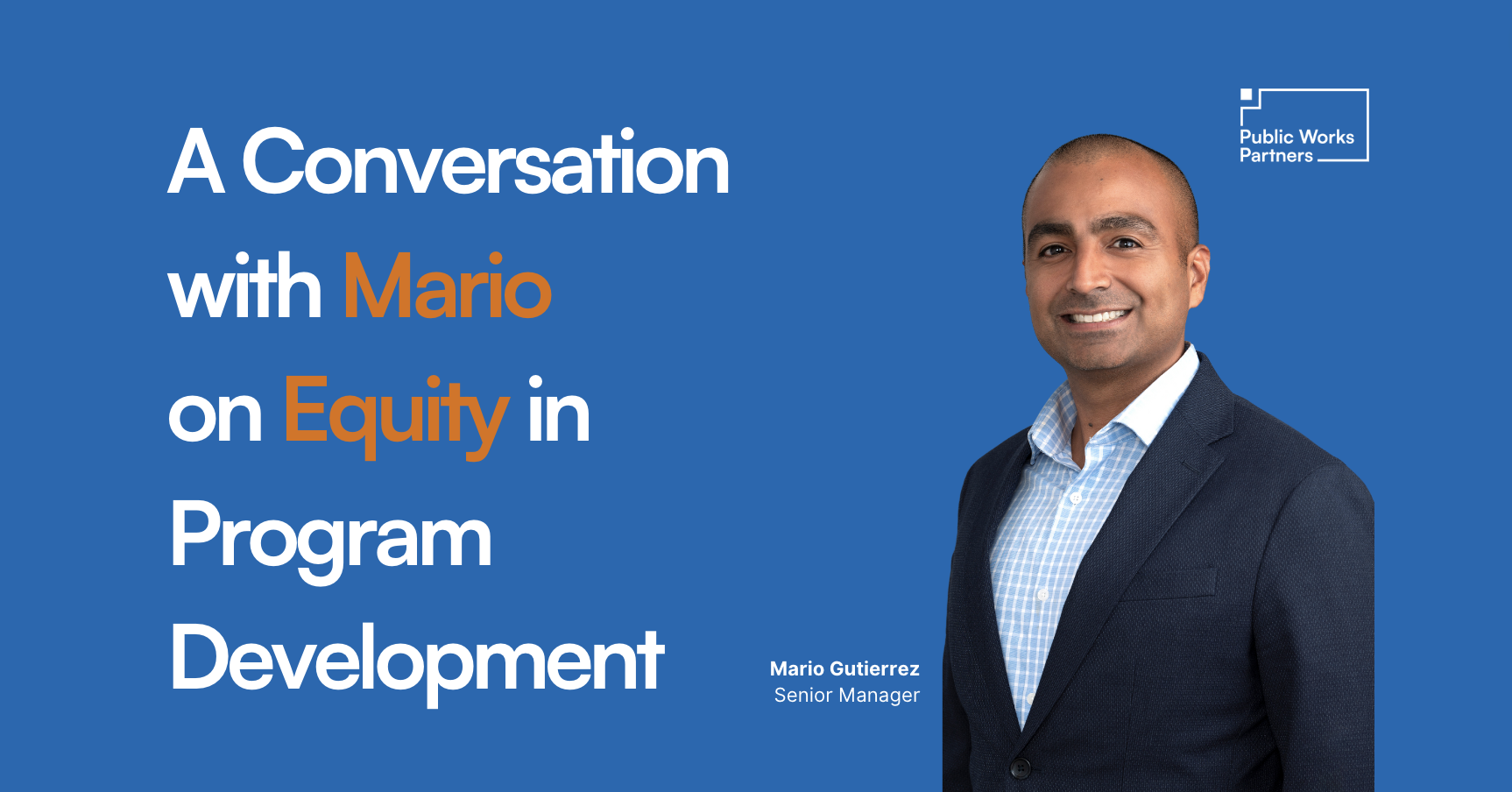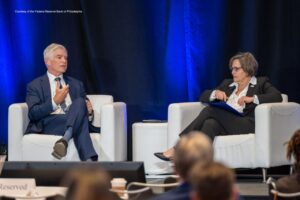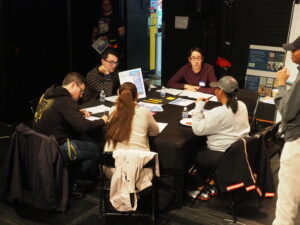Mario Gutierrez has worked closely with nonprofits and public sector agencies for the past decade, leading programs on topics such as financial empowerment and professional development. Project Coordinator Zoe Scourtes sat down with Mario to discuss how equity can be integrated into nonprofit program development as well as ways in which it already exists. From his experience spearheading a variety of initiatives, Mario emphasized that equity isn’t just about meeting immediate needs, but rather about driving long-term, systemic change.
How do you define equity in the context of nonprofit program development, and why is it important?
One way to define equity is by its process in program development. There are really three ways whether equity is present.
First is if the client voice is clearly present in program design. A lot of the programs developed at the end of the 20th century were very paternalistic, very top-down, and very much in the vein of “we know best.”
Rightfully, there was a push against that, emphasizing that those closest to the problem—those actually experiencing it—can often, if not nearly always, come up with better solutions and program designs. Programs that are influenced by client voices are key pillars for equity in program development.
Another important aspect is the contribution of frontline staff. By that, I mean that, while it isn’t a replacement for client voices, it can certainly help make a program more equitable. Frontline staff members interact with clients daily, seeing firsthand the challenges and potential solutions. Their insights are valuable and can significantly inform program adjustments. Any program that clearly highlights a “bottom-up” design is one that has truly centered equity.
Lastly, I would argue that a program that doesn’t address or highlight the root causes of disparity may not be as equitable as we think. Programs that only address symptoms are still important, but they aren’t necessarily trying to change the systems that perpetuate inequities and disparities.
Can you share a specific example of a project you’ve worked on that successfully incorporated equity principles?
Good Shepherd is perhaps the prime example of a project that has successfully incorporated equity principles. In this project, we were working on improving their performance evaluation system to strengthen their knowledge management and help drive further impact. The organization is a well-known leader in multi-service programming and centering equity in all facets of work. The team we worked with is deeply entrenched in data analysis, ensuring they capture the full picture of the services their clients receive, which is critical for equity measures. The team there exists partially to demonstrate the disparities faced by their clients and to convey these challenges to funders and partners. Our role was to help them identify inefficiencies in their approach, and opportunities to increase their effectiveness, thereby further demonstrating their impact as an organization with a successful and storied history.
Another project I’ve worked on recently is the Michigan Advocacy Program, a legal services organization where we helped with organizational restructuring. In this case, we engaged a variety of staff members to gather input on what the restructuring could look like. The equity element here involved engaging people close to the issue and the challenges being addressed.
How do you engage marginalized communities in the program development process?
As consultants, we often rely on existing community input provided by the nonprofit we’re working with. However, if that input is lacking, it’s crucial to actively seek it out in a deliberate and structured manner. Many nonprofits don’t have robust systems for collecting or utilizing client feedback effectively. Collecting feedback is challenging and often comes in sporadically with minimal impact on the entire organization or program design comprehensively. To address this challenge, it’s important to develop structured processes for regularly gathering and analyzing feedback. Empowering frontline staff to actively collect and relay feedback can ensure it is systematically reviewed and acted upon across the organization.
Hosting listening sessions can also be a valuable approach. These sessions provide regular opportunities for clients to share feedback outside of direct service interactions, such as through town halls or scheduled meetings with leadership. This approach allows clients to express their experiences in a more reflective and less immediate context, which can yield more insightful feedback. Additionally, hiring staff from marginalized communities is crucial for bridging gaps in service delivery.
I think of my youth and my father as a migrant from Mexico. There were tons of times where he needed something, whether it was a service or something of that nature. I would be there, sitting with him, not necessarily translating 100%, but just trying to support and explain things. There was often a disconnect. I was there, 8 years old, not understanding enough either to translate. If there was someone similar to him who was able to speak his language, the process would have been easier.
What are some emerging trends or innovations in nonprofit program development that you think will impact equity, and how do you see the role of equity evolving in the nonprofit sector over the next few years?
First, unrestricted funding. Nonprofits often have limited impact because funders set strict outcomes. Encouraging funders to give unrestricted funds to trusted nonprofits could lead to significant discoveries and effective models. Unfortunately, there’s been pushback against this idea, even though it holds value.
Second, AI is a major emerging trend. It can highlight inequities in data and impact equity. We should encourage nonprofits to experiment with AI, understanding that staying ahead of it is unlikely, but leveraging it smartly is key.
Third, participatory grantmaking involves community members in funding decisions. This approach is empowering and ensures resources go to those with firsthand experience. New York and other municipalities are starting to implement this.
Fourth, giving cash directly to clients can have a huge impact. From my experience in financial empowerment, people are often skilled at managing money. A boost in income could significantly improve their lives. While there are concerns about inflation and spending, the long-term benefits are substantial.
Lastly, integrating climate justice into program delivery will be crucial. Marginalized communities often suffer most from climate change, so equity-focused programs will be essential as we tackle these global issues.
What does it mean to be truly equitable?
I think there might never be a program that fully reaches equity, and I believe that is by design. Every program should always strive for more.
Going back to the three pillars or elements I mentioned earlier, I think they’re key. First, client voices need to be clear and abundant. I’ve worked on many programs where this wasn’t the case,where client input was an afterthought or so minimal that it became watered down. It’s crucial that client voices are genuinely heard and integrated.
Second, frontline staff members need to be empowered to be innovative and experimental, having the agency to figure things out. While this approach might be seen as expensive or inefficient by some, I think there are areas where efficiency is necessary and others where it’s not. Programs that prioritize equity may sacrifice some level of efficiency, but that’s the investment, the cost, that must be borne.
Lastly, these programs need to be pushing for systems change to eliminate disparities. If a program doesn’t have this component, it falls short of being fully equitable in its design.






